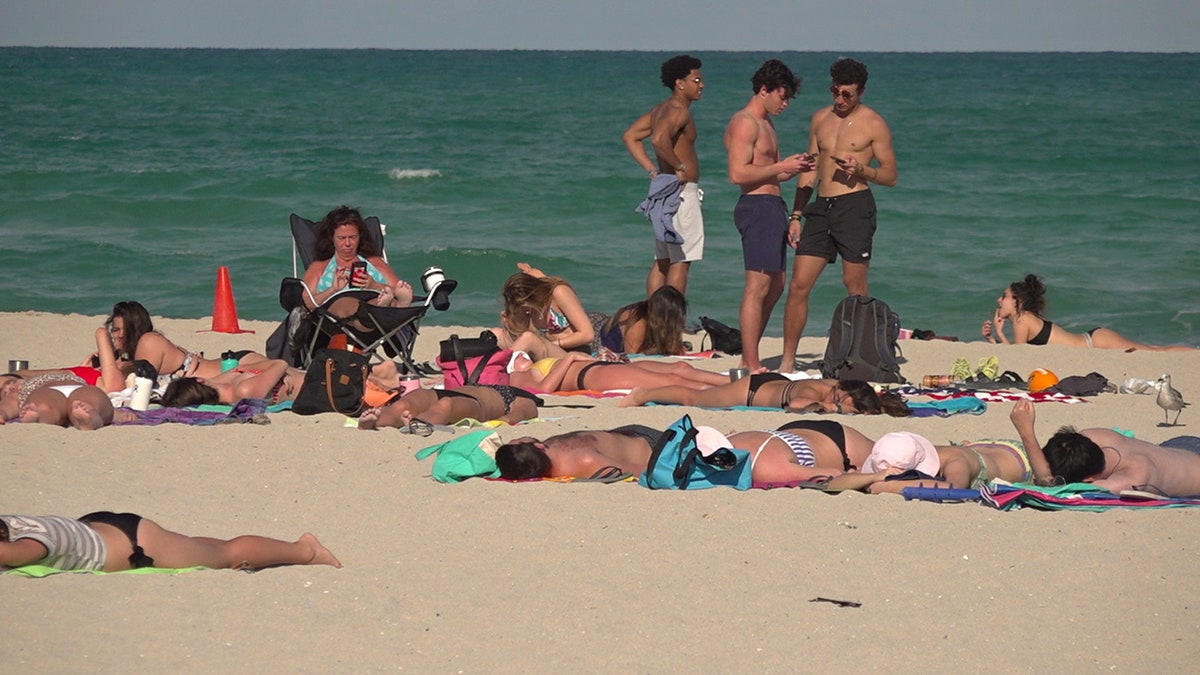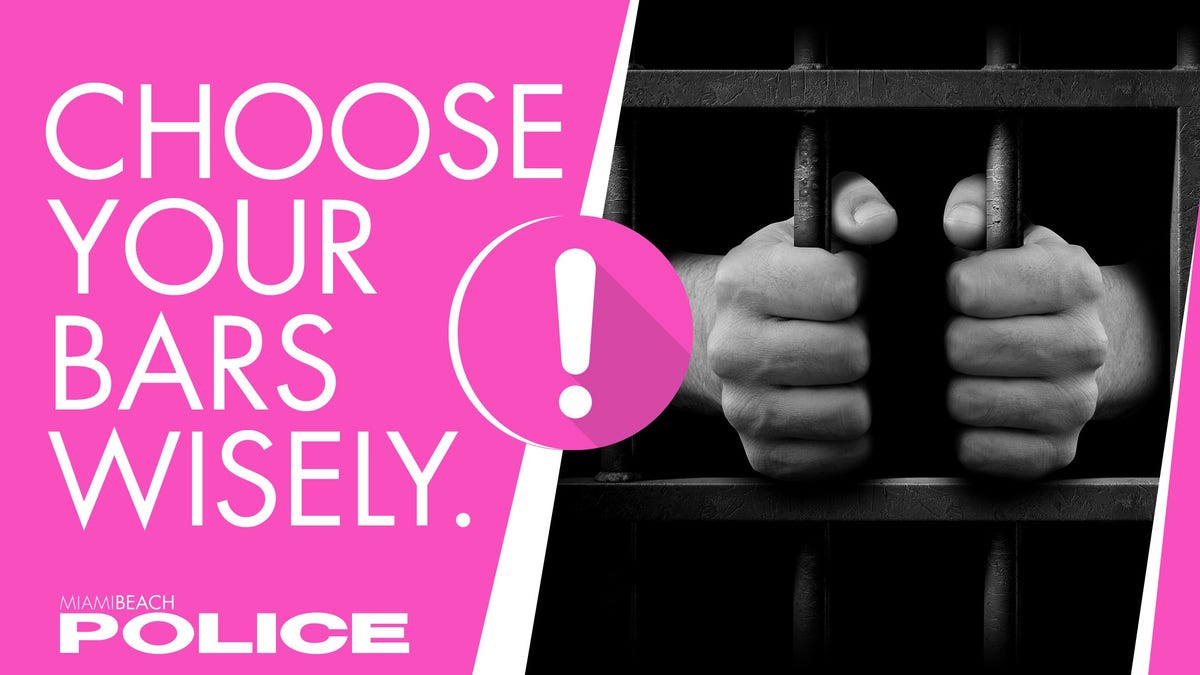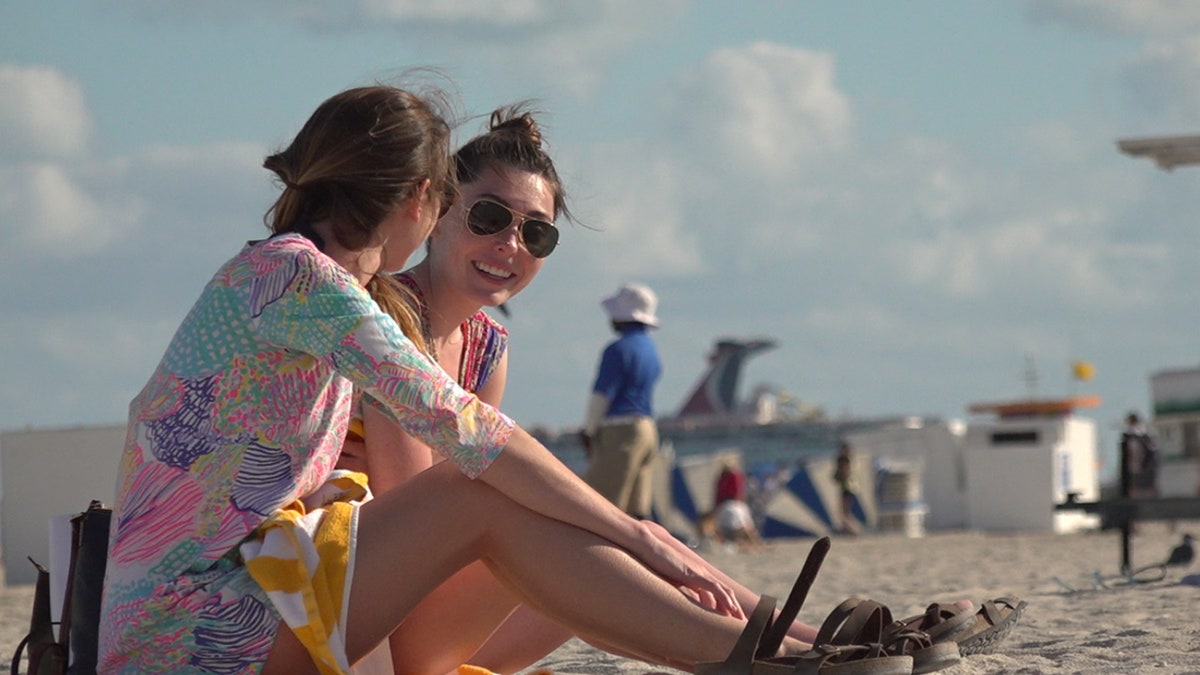MIAMI BEACH, Fla. –– A party on South Beach last week turned into a massive brawl, with a young woman repeatedly getting kicked by a large group of rowdy spring breakers as teens yelled and filmed the scuffle with their phones.
In another fight two days earlier, a group dragged a woman out of a car on South Beach as more than a dozen barefoot women pummeled her in the middle of nighttime traffic.
Miami Beach has always been a popular spot for spring breakers, but local police say the college crowd descending in the city have become rowdier, more violent and have little respect for rules and authority.
And officials say they have had it.
Miami Beach this year is shelling out $30,000 on a marketing campaign that basically tells spring breakers that their shenanigans will not be tolerated -- either behave or be hauled to jail. The city also set aside roughly $700,000 for police overtime to specifically address and control rowdy spring breakers.
Miami Beach Police Chief Daniel Oates said the department has had almost 2,000 combined arrests over the last three years during the spring break season. The unruliness, he said, is putting lives at risk and straining police resources.

College students gear up for the day's activities
“Spring break has become rowdier as crowds grow larger, by the tens of thousands this year -- especially with Miami being a top spring break destination,” Oates said.
Miami Beach Police historically deal with an uptick in crime during this time of year, when college students are on Spring Break and want a warm place to let loose. Last March, police reported 561 arrests, compared to about 400 in both January and February. The months following spring break showed a steady decrease in arrests.
Other top spring break destinations are also experiencing an uptick in rowdiness among spring breakers, including Texas, and foreign spring break hotspots, like Mexico and the Bahamas, have issued travel advisories, according to the Washington Post.
Miami Beach said it will step up enforcement and make sure spring breakers are held accountable.
“Come on vacation, don’t leave on probation,” one sign tells tourists. Another, which shows a pair of hands gripping the bars of a jail cell, tells readers to “choose your bars wisely.”
Some of the department’s campaign signs can be found in tourist destinations such as on Ocean Drive.

Spring break police ads send a strong message to students
The ads are also digital. Police are targeting social-media users based on their location, directing them to a new website explaining what rule-breaking will get them arrested.
“Very frankly, we want the students to know that if they misbehave, there is a very good chance they will get arrested,” Oates said.
The police chief said that this year, the departments will report student arrests to their schools to ensure there are consequences for bad behavior and a new level of accountability for students.
“If you are coming here because you think the rules don’t apply, you should go somewhere else. It is that simple,” said Miami Beach Mayor Dan Gelber.
Miami Beach police said, in total, they are spending about $1.5 million to police spring break. They said they want to make sure that if anyone starts getting out of hand, police will be there stop them.
“If you are coming here to make your own episode of the hangover -- don’t come,” Gelber said.
Some spring breakers say this year’s in-your-face message is having an effect.
“It is kind of intense,” said Aleson Ali-Elnour, a Tennessean who was in the city for spring break. "It is hard to ignore when you see it all over the beach. That's what they want."

Spring breakers on the beach say this years police campaign is startling, if anything
CLICK HERE TO GET THE FOX NEWS APP
Nationally, the Transportation Security Administration is preparing for a record number of travelers to fly between late February to April. TSA officials announced they would screen an estimated 107 million passengers and crew members between March 14 to April 28, an increase of more than 3 percent compared to the same time the year prior.

Students from other states head to Miami for some fun in the sun
Officials said spring break has changed. With a spike in arrests in 2017 — including over 200 drug arrests in both 2017 and 2018, compared to just 127 in 2016 — police say the issue lies with some vacationers who believe the rules are only written in the sand.
The chief said public officials and the police department are working together to make sure there are no rule breakers.
“We’ll be strictly enforcing a lot of our rules, like drinking in public,” Oates said.

Miami Beach lifeguards watch over the beach scene
According to a 2017 survey from Project Know, an online substance abuse resource, the top three cities for alcohol poisoning are all in Florida. They include Tampa, Daytona Beach and Miami Beach.
“There is also a misconception that smoking marijuana is legal here, which it is not,” Oates added.
Many spring breakers seem to overlook the state's marijuana law, a reality evident from the strong smell of pot hanging in the air on South Beach.
Spring breakers are also getting more creative. In order to skirt laws banning alcohol along the shore, a group of college kids passed around half-naked, full-sized mannequins filled with alcohol. The students filled the mannequin with liquor and drank from a filter cup placed upside down on the neck of the mannequin, taking turns drinking out of it.
Police said they will target spring breakers both on and off the beach. Many students have been stopped for drinking and driving and even for riding on top of vehicles.

Ocean Drive in Miami Beach is a popular place for many tourists.
Police say the new campaign will run through the start of April, but they hope it will serve as a lasting message to future spring breakers hoping to make Miami their destination of choice.
“It’s a tough message," Oates said. "But we think we have to do it. It is a matter of public safety.”


